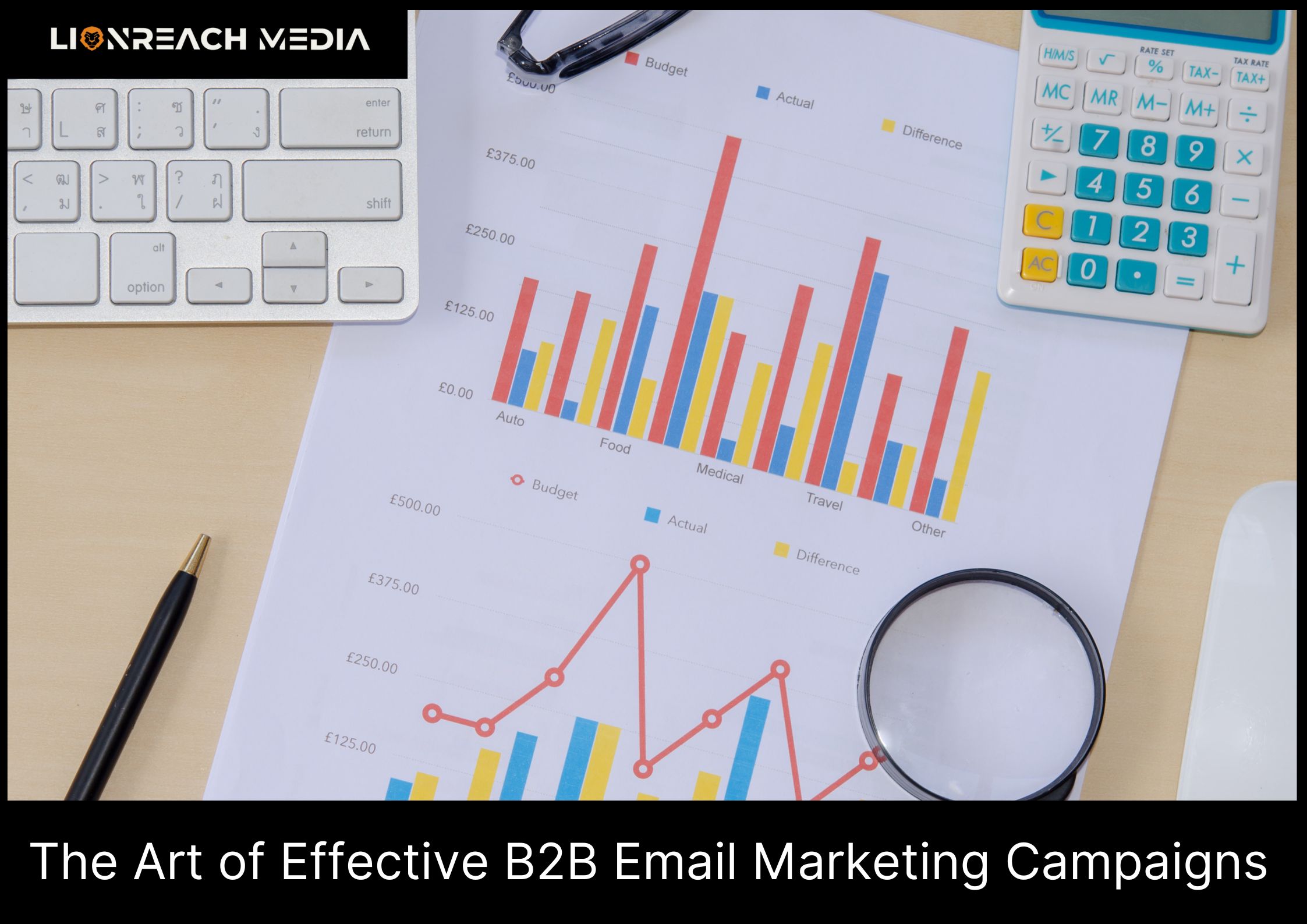
The Art of Effective B2B Email Marketing Campaigns
In the realm of B2B marketing, email continues to be a powerful and cost-effective tool for reaching and engaging with target audiences. However, standing out in a crowded inbox and achieving meaningful results requires mastering the art of effective B2B email marketing campaigns. In this blog post, we will explore key strategies and best practices to help you craft compelling and impactful email campaigns that resonate with your B2B audience.
- Segment Your Audience: Effective B2B email marketing begins with a deep understanding of your target audience. Segment your email list based on relevant criteria such as industry, company size, job title, or previous interactions. By tailoring your messages to specific segments, you can deliver highly relevant content that addresses the unique pain points and interests of each group, increasing the chances of engagement and conversion.
- Personalize Your Emails: Personalization is key to capturing the attention and interest of your B2B prospects. Use the recipient’s name in the email, and leverage the data you have to personalize the content further. Consider incorporating dynamic content blocks based on their industry or past interactions with your brand. Personalized emails demonstrate that you understand their needs and can provide tailored solutions, increasing the chances of building a meaningful connection.
- Craft Compelling Subject Lines: The subject line is your first impression and plays a critical role in determining whether your email gets opened or ignored. Create concise, attention-grabbing subject lines that pique curiosity, address a pain point, or offer a compelling benefit. Avoid spammy or deceptive tactics and focus on delivering genuine value. A well-crafted subject line can significantly improve open rates and set the stage for a successful email campaign.
- Focus on Relevant and Engaging Content: Deliver content that is relevant, valuable, and engaging to your B2B audience. Provide insights, industry trends, and actionable tips that can help them overcome challenges or achieve their goals. Consider including case studies, whitepapers, and exclusive offers that demonstrate your expertise and establish credibility. Use clear and concise language, and optimize your email for skimming, as busy professionals often scan emails quickly.
- Have a Clear Call to Action (CTA): Every B2B email should have a clear and compelling call to action. Whether it’s inviting recipients to download an e-book, register for a webinar, or request a product demo, make sure your CTA stands out and is easy to understand. Use persuasive language and highlight the benefits of taking the desired action. Make it simple for recipients to respond by including prominent buttons or links that direct them to the relevant landing page.
- Optimize for Mobile Devices: With the increasing use of mobile devices, optimizing your B2B emails for mobile responsiveness is essential. Ensure that your email templates are mobile-friendly, with legible text, well-sized buttons, and an uncluttered layout. Test your emails across various devices and email clients to ensure a seamless experience, regardless of how recipients access their emails.
- Test, Analyze, and Iterate: Continuously test and analyze the performance of your B2B email campaigns. Split test different subject lines, content variations, CTAs, and sending times to identify what resonates best with your audience. Monitor key metrics such as open rates, click-through rates, and conversions to measure success. Use these insights to refine your email marketing strategy, making data-driven improvements to drive better results over time.
Conclusion: Mastering the art of effective B2B email marketing campaigns is crucial for capturing the attention and driving engagement with your target audience. By segmenting your audience, personalizing your emails, crafting compelling subject lines, delivering relevant content, including clear CTAs, optimizing for mobile, and continuously testing and analyzing.
